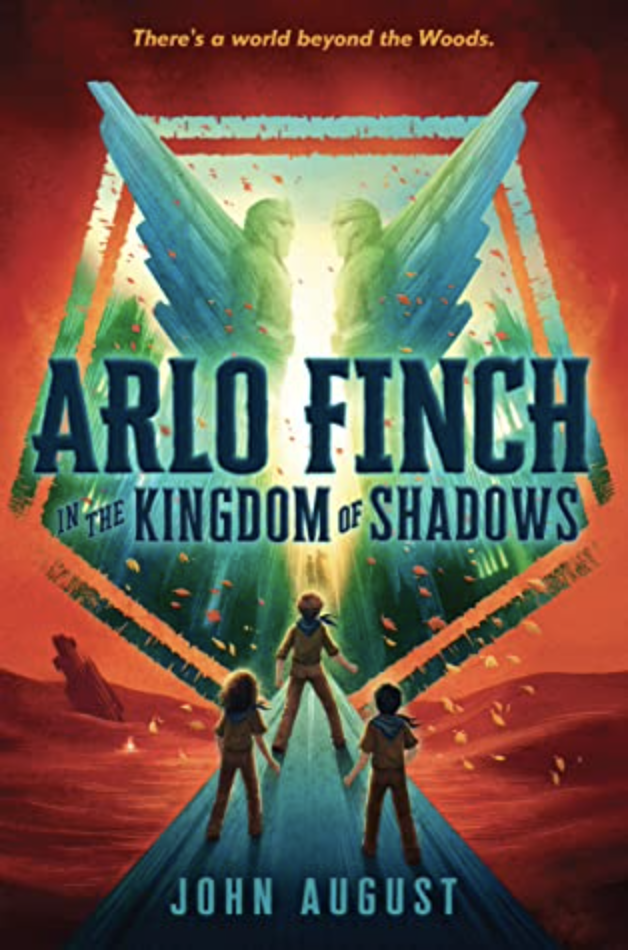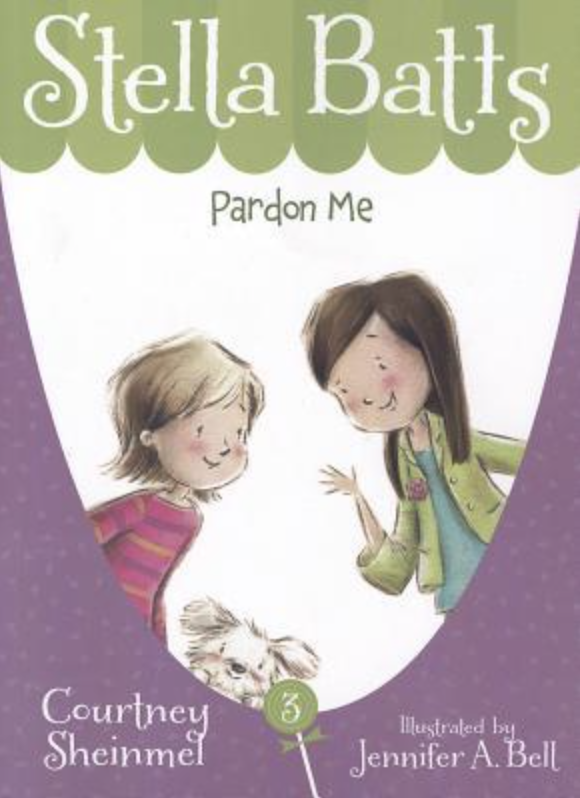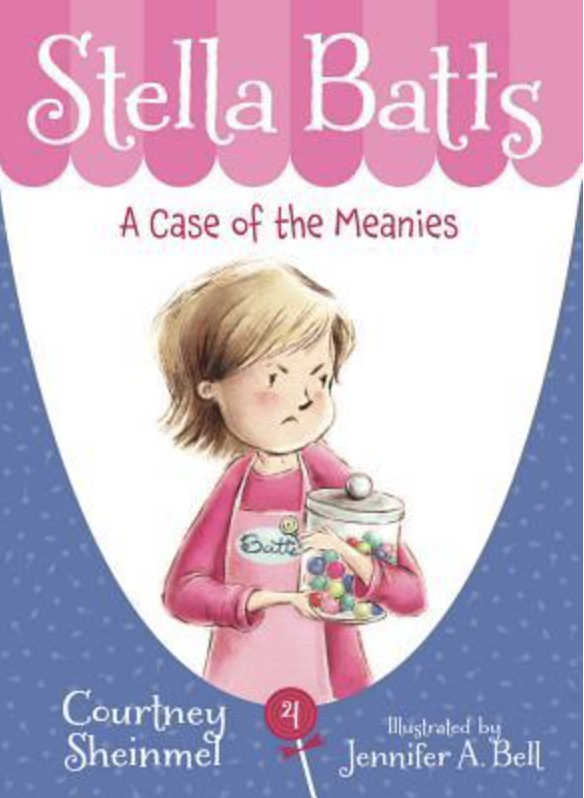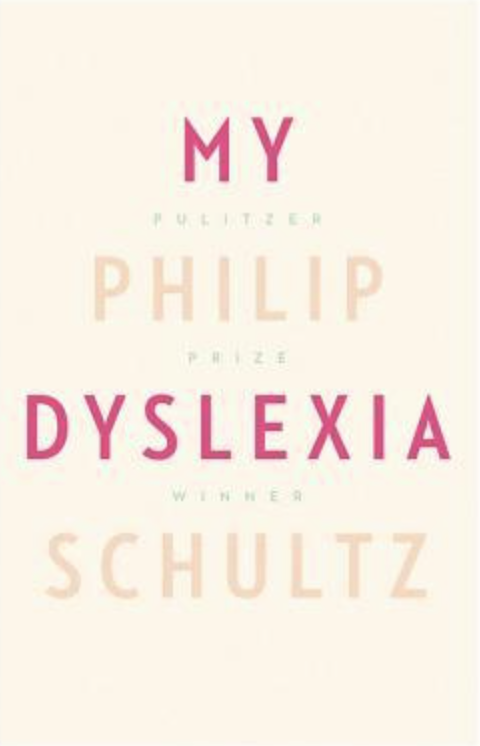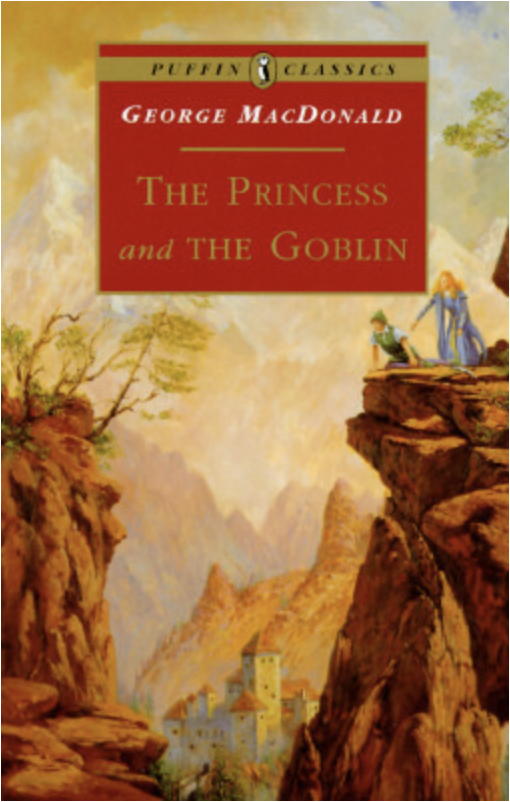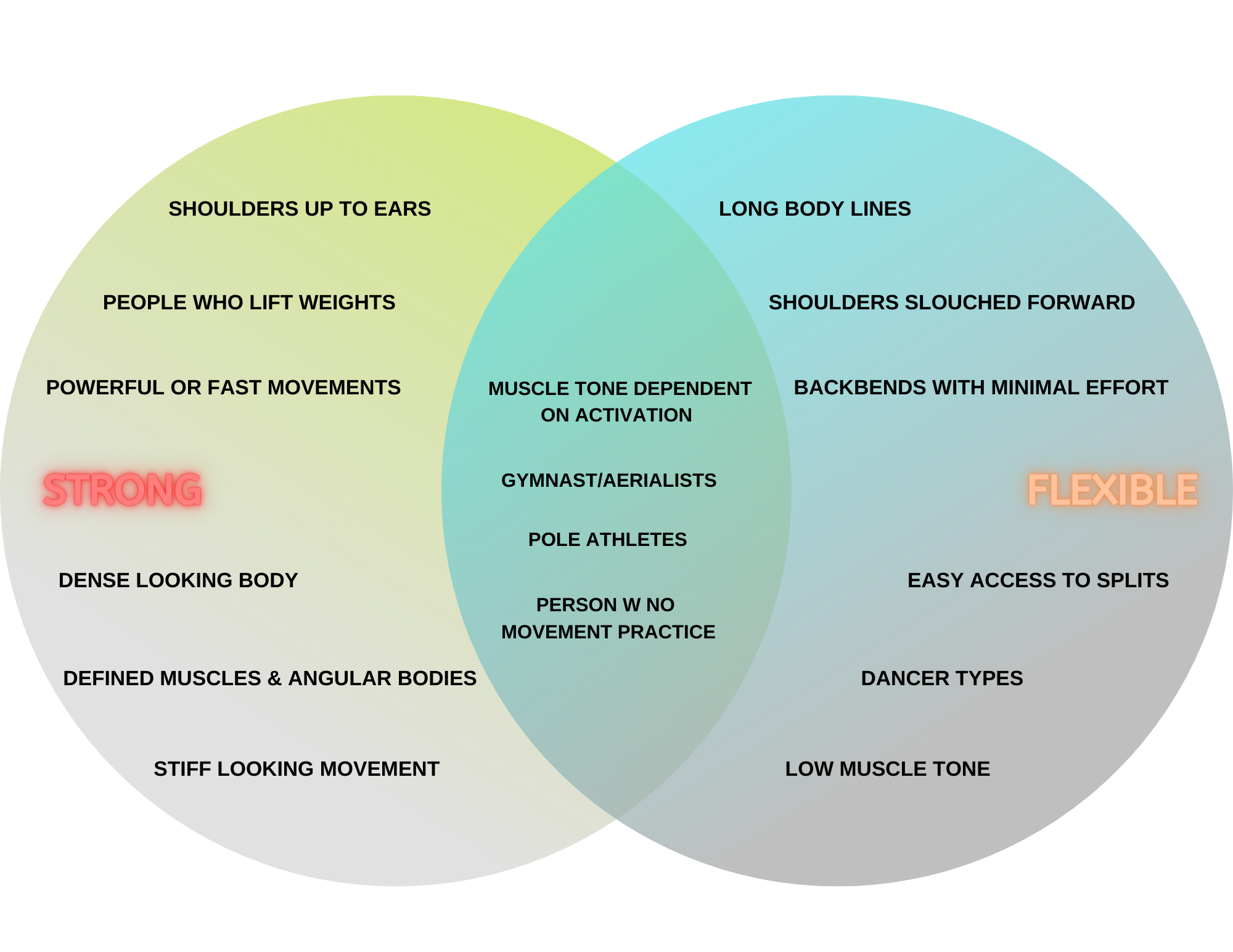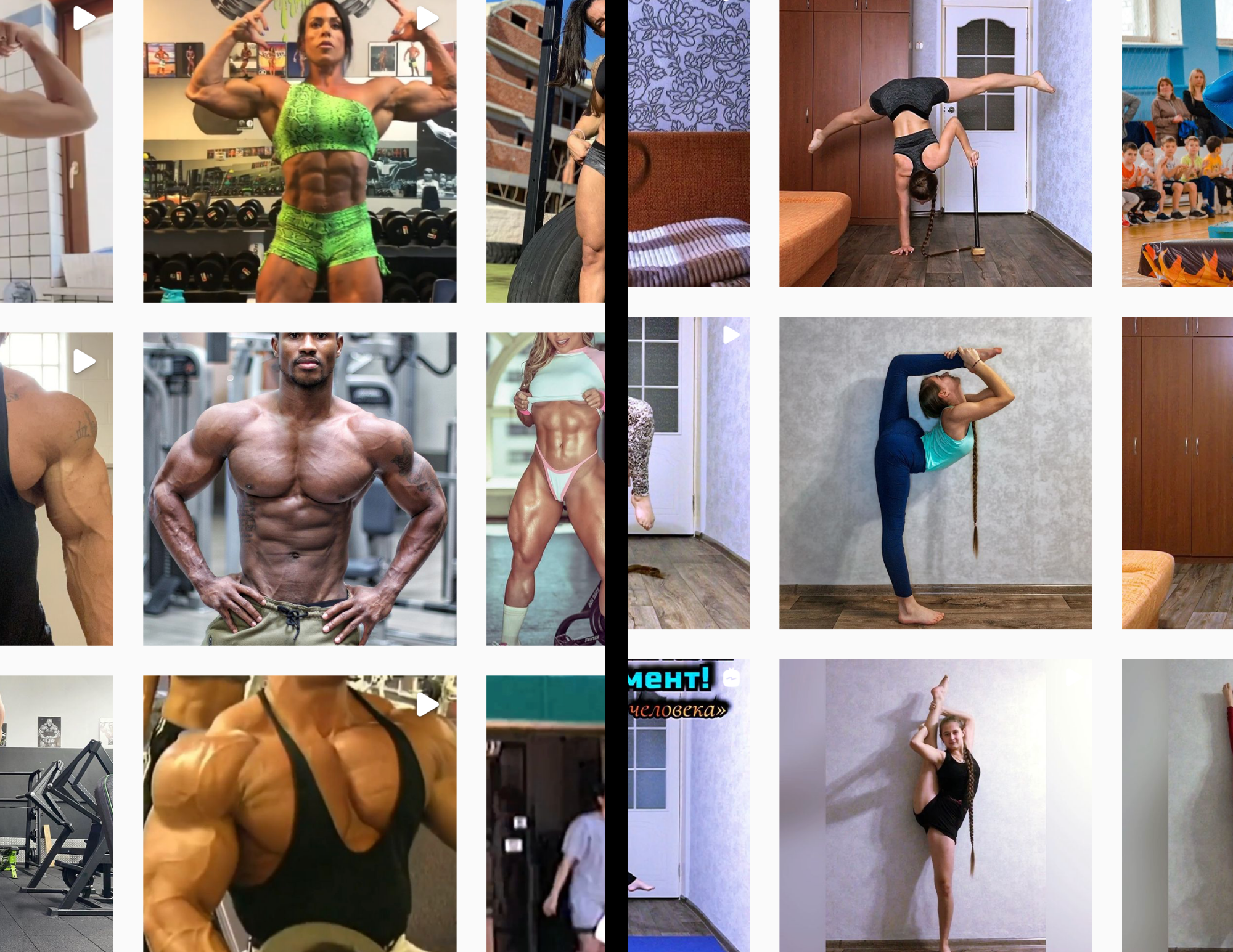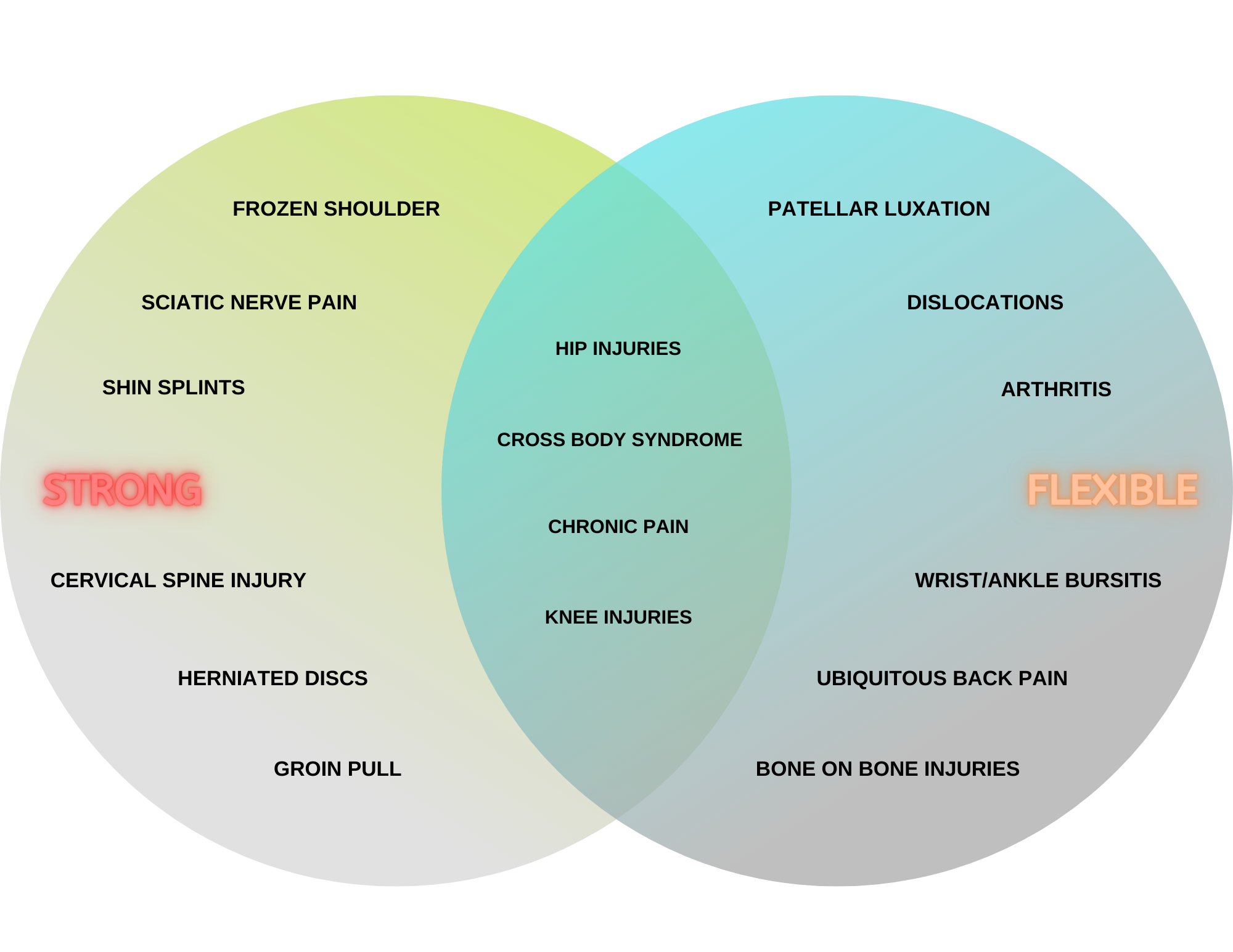Iran: A Modern History
By: Abbas Amanat
Holy Tomes Batman! This was a fuuuuuuuucking long ass book. So long, in fact, I earned a special badge for finishing it on Audible. I learned a lot. I also missed a lot that went over my head because this is a book that was not well-suited for audio consumption at times. There were long segments that were Old Testament in style - long diatribes of names and lineages that were difficult to invest in as a listener.
The format of the book is interesting and threw me off at first. Later, I found it useful. The author covers timeframes from the POV of one ruling family or significant historical figure and will often times circle back and cover the same territory from the perspective of someone else significant. Once I realized that was happening it was useful because you get more than one exposure to important events and ideas.
Iran has a rich history. That should be a “duh” for anyone who may be interested in picking this book up. I definitely think the time investment is worthwhile. For me, personally, I enjoyed learning about the religious history of the country. I also learned about some of the cultural elements that have been used in some of the fictional works I enjoy.
Arlo Finch: In The Lake of the Moon
By: John August
Fantastic. The danger and suspense increase appropriately between this and the first book. The setting shifts and is almost fully outside at camp which allows for some great themes to be played out. For parents who love magic and supernatural/sci-fi, this is a great intro to some mind and time-bending that ups the ante from book one. To me, there is no way these won’t be made into a screen adaptation. John August IS a screen-writer. These are going to kick ass as video works just as much as books. I’m a huge fan. I’m honestly super glad I have a kid so that I get to discover these books along with him. Oh yeah, my 5-year-old approves of this one, too. The mains in this book are great role models for kids upward of their tweens. Highest recommendation.
Utopia
By: Thomas More
Its good to read the classics. The concepts from this work are ubiquitous in the higher falootin’ works I read. Case in point: the Red Rising series. I have read so many quotes and excerpts from this book over the years that my familiarity with those quotes kinda stole the bluster of the original.
My thoughts are that this is a very creative work; especially considering when it was written. If you don’t mind reading an older and more formal version of the English language, this is an interesting read. I think its a good framework for playing around with the philosophical underpinnings of socialism and government critique/satire.
I’ll put it this way, I don’t discourage you from reading this book.
Golden Son
By: Pierce Brown
OK…
I loved this series so much that I begged Matt to read it. He acquiesced and immediately fell in love with it as hard as me. As a result, immediately upon finishing the first three books, I turned around started reading them again. I will therefor, address these books in my August book review.
Arlo Finch: In The Kingdom of Shadows
By: John August
A natural ending to the trilogy. There are some really intense moments in this book! Thoroughly enjoyable for mom and son, alike. In addition to the magic and dimension bending themes of the previous two books, you get a heavy dose of real-world suspense as well as Arlo takes on the FBI here and there. Four thumbs up - two from me and two from Vor.
Stella Batts #1: Needs a New Name
By: Courtney Sheinmel
OMG, this was surprisingly enjoyable. I have grown accustom to serialized children’s works being either - blah, gross, annoying OR HOLY SHIT YES! This, however, resides right in the sweet spot of something that is age appropriate and sweet without being overly heady or adult. YET, its not at all saccharine or annoying. Well, done Courtney Sheimel. RIYL Judy Blume books. Vor was immediately invested and learned a lot about going to public elementary school by listening. More below. We read a lot of this series in July.
Stella Batts #2: Hair Today, Gone Tomorrow
By: Courtney Sheinmel
Valuable lesson territory. The writing between books one and two is consistent. The tone is really conversational. This is a nice way of drawing younger readers in. It feels conspiratorial. Sheinmel is clearly building a readership as the series progresses. Age recommendation would fall from about 5-years-old up to about 8 or 9. I think interest would probably fall off pretty quickly once the age of the reader surpasses the age of the kids in the book - they’re in third grade.
Stella Batts #3: Pardon Me
By: Courtney Sheinmel
Another cute story. There is a perfect amount of tension for a young reader to manage this book on their own without a parent supervising the read. I don’t really believe in gendering things for my son. He seems perfectly into these books regardless of the female mains. At the end of the day, though Stella is a little girl and sometimes skews toward “girly” things, mostly she’s just an 8-year-old kid with a 5-year-old sister. Her personality doesn’t center her femaleness which makes these fun for my 5-year-old son.
The Fall of Hyperion: Cantos #2
By: Dan Simmons
Prepare for a major perspective shift! Ok, so Book One you have seven different POV characters. Book Two you have two. BUT, one of the two characters can voyeuristically engage with the perspective of the characters from Book One. Its pretty wild and creative. As someone who writes, this is a very cool work around in terms of the “voice of the narrator.”
The scope of this book jumps pretty drastically. In Book One you are more or less locked into retrospectives from the main characters. You get a glimpse into the universe as a whole, as a result but understanding the culture of the time doesn’t isn’t the point. You get a much better sense of the cultural context of the characters from Book One, here in Book Two.
You do also get a sense of resolution from Book One to Book Two. That being said, its short-lived if you pick up Book Three and not FULLY resolved if you don’t follow to the end of the series. You really have to read all four books to get a clear understanding of what’s at play throughout.
Endymion: Cantos #3
By: Dan Simmons
I mean, damn. Not since Dune has a series expanded in a way that blew my mind quite like this. In Books One and Two you get that time is going to get a little wonky but damn. Shit gets cray.
In Books One and Two you get some really awesome character building. In Book Three you get that and amazing world-building. This feels more like the middle book of the series. What I mean by that is, it is 100% an alley-oop to Book Four. Additionally, there are call backs and important plot-points you need to have read the first two installments to fully appreciate Endymion.
In Endymion you get a sense of what’s to come. Meaning, when you’re done with this book you know you are about to get the philosophical hammer. From the get-go Simmons has been preparing you for that fact but by Book Three its imminent.
At this point, the only series this compares to is Dune. Yes. That is correct. I did just draw a comparison between this series and my all-time heavy-hitting favorite. Aside from Herbert I can think of no other author that so seamlessly, thoroughly and masterfully interweaves science fiction with philosophy and poetry.
:: un-ironic slow clap::
Stella Batts #4: A Case of The Meanies
By: Courtney Sheinmel
Ok, there’s three more of this series this month and more next month so let’s condense, yeah?
Themes in this book are: being left out and being a team player even if you’re not in the spotlight. You get all the mains you have come to know and love. You get to hang out with Stella in Batt’s Confections and at school. If you liked the first three, you will like this one.
Stella Batts #5: Who’s In Charge
By: Courtney Sheinmel
Stella’s mom is not a dog person. She clearly doesn’t get it. I honestly don’t like her very much. This was actually interesting as a jump off point to talk about animal ownership and responsibility with Vor because I thought Stella was actually more appropriately invested in her role than her parents were.
Of the whole series, this provided some interesting food for thought and discussion points. As far as the writing goes, its more of the same. Sheinmel is a remarkably consistent writer.
Stella Batts #6: Something Blue
By: Courtney Sheinmel
Themes of blending a family, traditions and superstitions, getting into a pickle from bad decision-making.
I’m not a wedding person and was anticipating this book being more annoying than it turned out to be. I liked the resolutions to the tension points of this book.
For a Book Six, it was also nice to change both the pacing and the setting for the mains.






